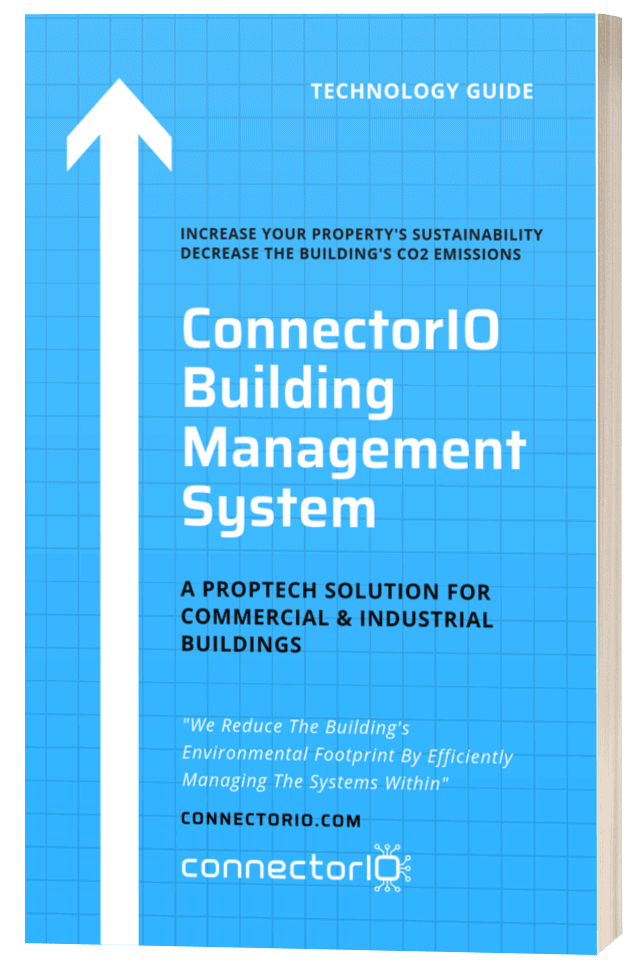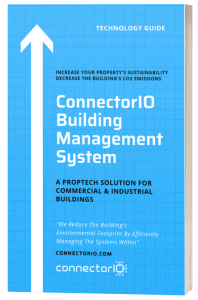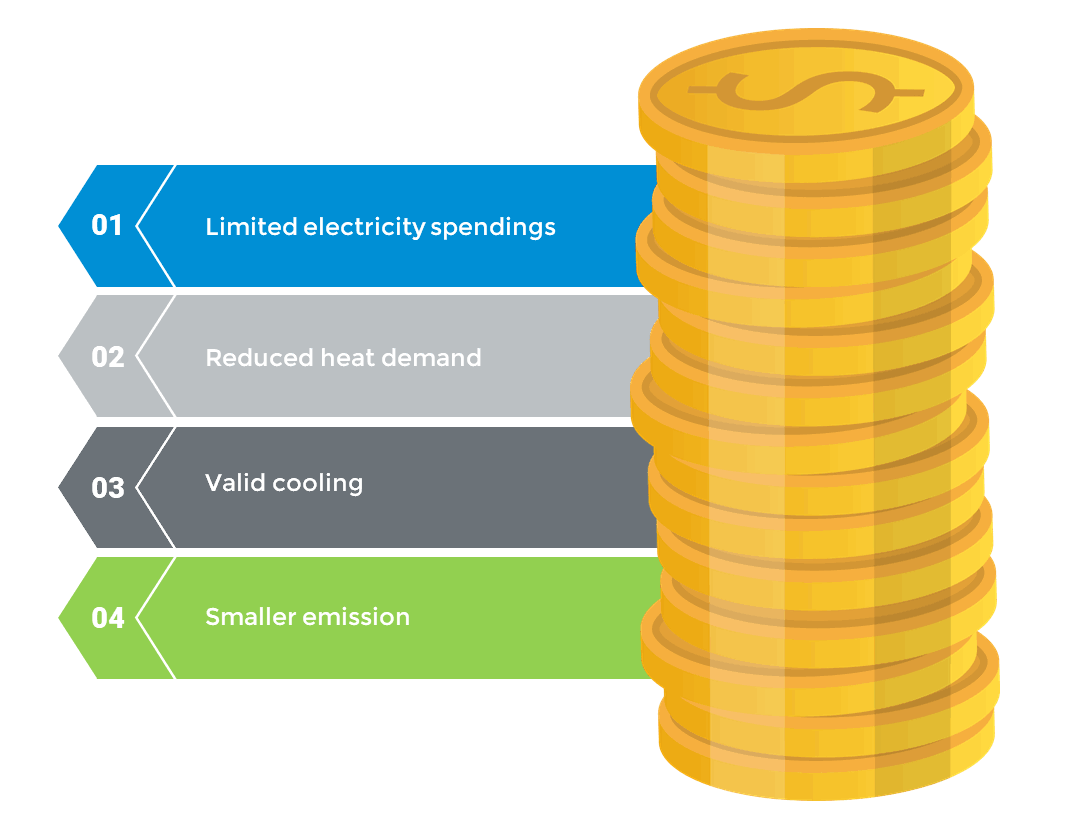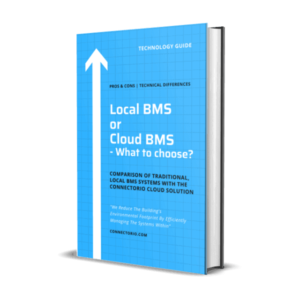Quick Summary
Our Target Market
We solve many of the challenges faced by Facilities Mangement services with our software.
FM's struggle to minimize energy consumption in commercial buildings by making various systems (devices such as HVAC) communicate together, retrieve data and automate the operation of these systems.
The Challenge
In older buildings, existing legacy devices need to be connected to newer systems during the fit-out phase (adaptation of the rented space to new requirements).
Different existing communication standards used by these devices make it a huge challenge.
Solving this challenge is our goal!
Our Solution
We believe that it is easier to update software and bring all the necessary communication to the software level.
ConnectorIO's software does this by offering an universal software communication bus to which new devices can be plugged in just as easily as an USB hardware to a personal computer.
Learn How this Process Looks Without
an Intelligent Software
1
Rent Office Space
Tenants eg. large, multinational corporation rents office space in existing building, but only a few floors. The new office space has to be established with modern interiors and systems regardless of the technical state of the whole building and its operation services.
2
Adapt Existing Space
The Tenant outsources renovation works to Facility Management service to adapt the existing space to the tenant’s requirements and establish an optimal environment inside to operate.
3
Connect New & Old
In order to fulfill the Tenant’s requirements, the FM has to be able to link & coordinate multiple different systems together – some inherited from the old building structure (eg. electric equipment) + the new one.
The Result
As the challenge requires multiple services and tech staff to cooperate and many issued can't be solved through hardware, usually this results in:
- Only partial or no data centralization at all - different devices still end up using different user interfaces to gather and display the data.
- Lack of automation. No compatibility between devices of various manufacturers results in lack of automation. These devices end up being controlled using very basic rules based on schedules which is ineffective.
- No modern/legacy devices interoperability. Modern equipment still doesn't coexist fully with the legacy one.
- The commercial space is managed ineffectively when it comes to down to energy consumption. This results in higher overall rent cost.
The typical situation in Facility Management
The standard process / integration workflow looks like this:
- FM hires System Integrators
The job of system integrators is to connect the existing devices to a computer called the Building Management System (BMS) which is supposed to centralize most of the data. - Different Device Manufacturers & Communication Standards
Either the FM Team finds highly skilled integrators / device automation specialists able to connect different standards under one system which is highly unlikely or costly
OR The Facilities Management integrates only some limited data under the BMS. - Systems Cannot Be Fully Centralized
Different devices get integrated under different front-ends. Their data is visualized separately, no true interoperability is available. - Only Limited Data is being Visualized / No Automation
Failure of centralization of data. Some devices are integrated under one BMS system, some others cannot be accessed or large investment is needed into modernization of existing equipment in a building to which the Tenant nor the FM has full access.
FM's Goal
Get the Data to the BMS
to centralize it and operate devices from one dashboard (front-end)
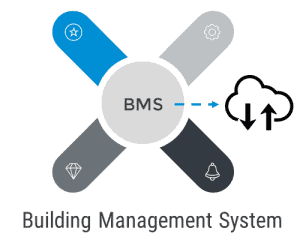
BMS to the Cloud integration
RESULT: Only partial
or NO centralization
Why is it Important to Control All Devices?
It is important to manage properly the devices as this results in energy savings and lower commercial spaces renting costs.
Mastered Device Interoperability
= SAVINGS!
- Less lights, less overhead
Devices and lights are turned on only when necessary and not when left turned on. - No heating for empty rooms
Places which are not occupied require a smaller amount of heat. Upon reasonable calculation adjustment of heating can be made. - Cooling for people, not furniture
Rooms left empty for a long time should automatically limit the demand for cooling as this cold air serves no one but furniture. - Green building
The ongoing trend of emission reduction forces real estate and facility management to seek for savings. With all above it's not only possible but profitable.
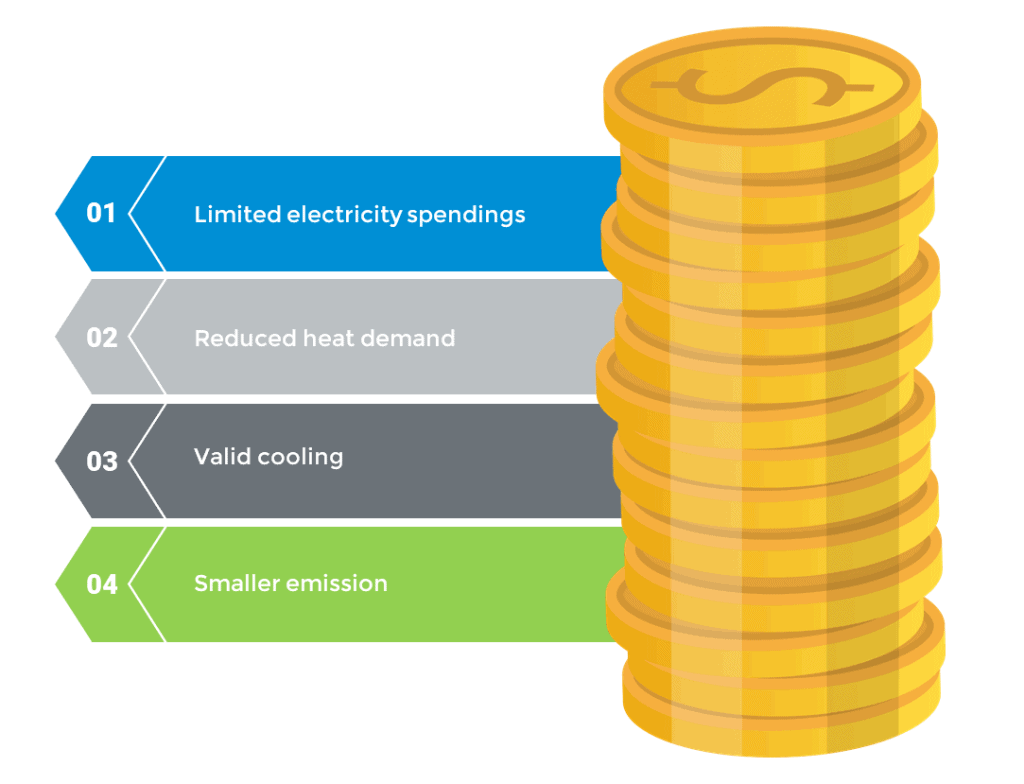
Mastered Device Interoperability = Energy Savings
?
How Do We Solve This?


Energy consumption in commercial buildings by device
Universal Software BUS
An universal software communication bus is "layed out" between all devices.
This BUS is a multi-way DATA communication channel.
Plugin 2 Bus Communication
It's easier to update software than hardware.
Different devices and communication standards only need to have a plugin between the hardware and the software bus to start communicating within the whole System.
Plug & Play
New devices connected to the bus are automatically scanned and discovered.
Now DATA can be retrieved, visualized and sophisticated automation rules can be applied to control all plugged-in devices in the System.
On which devices we focus most?
We focus on commercial buildings and heating, ventilation, air-conditioning, lighting and water heating devices to improve their energy efficiency.
Electrical systems
LED lighting
Water & gas meters
Environmental sensors
HVAC
Manual actuators
Access control

